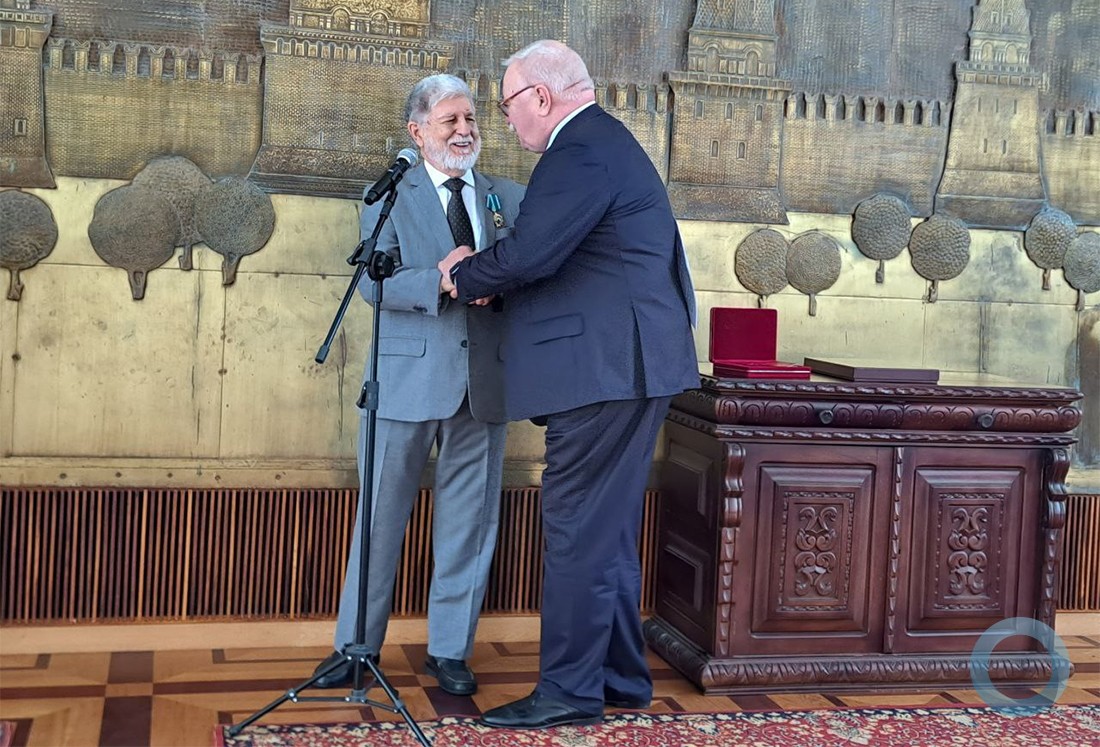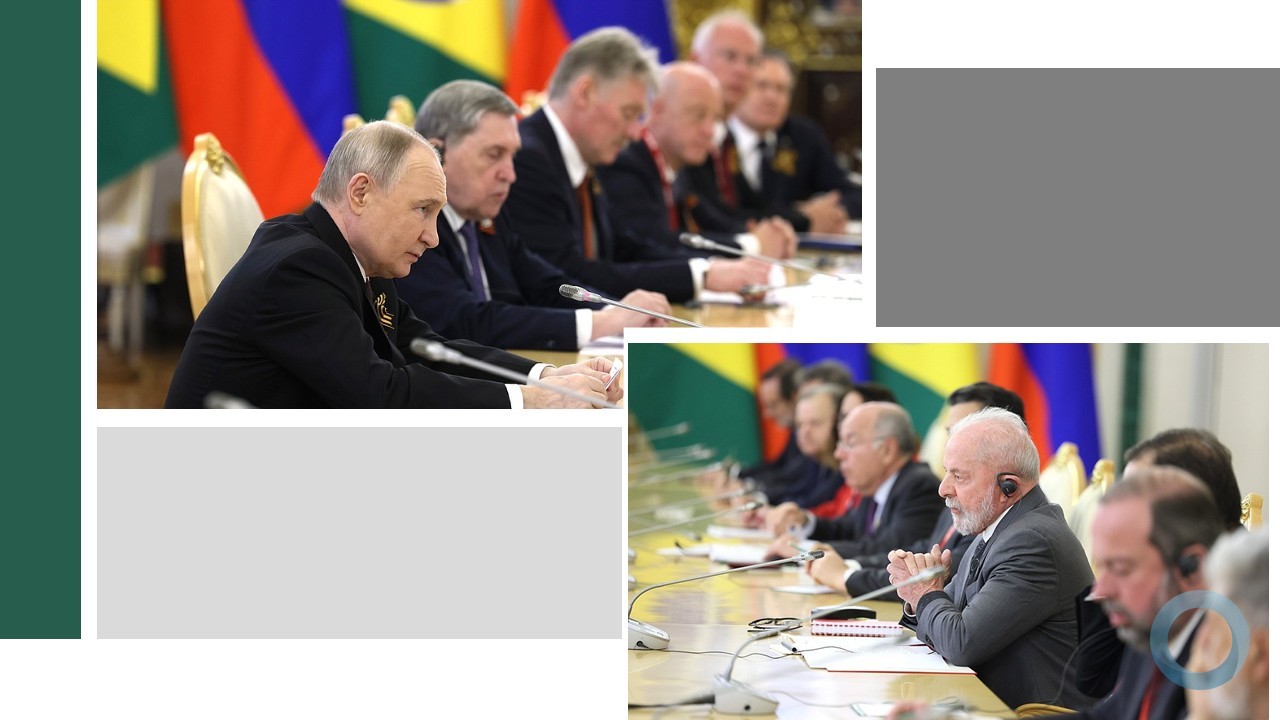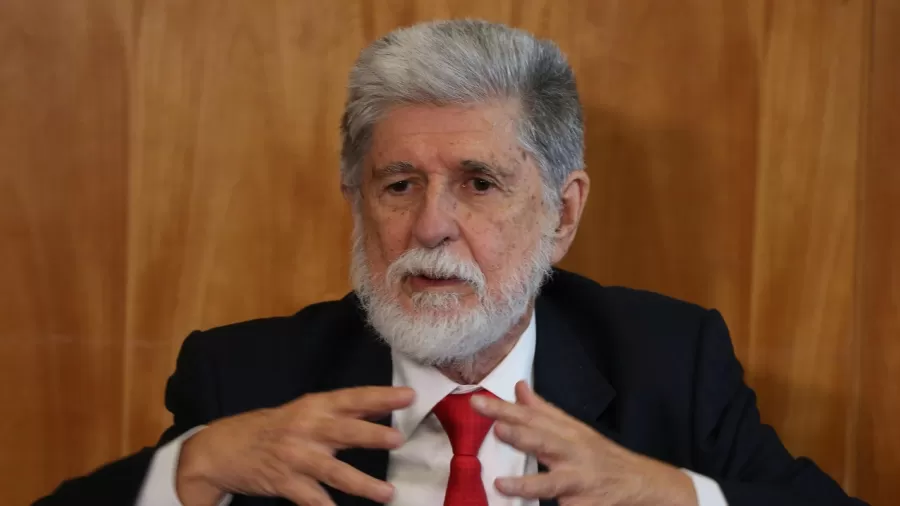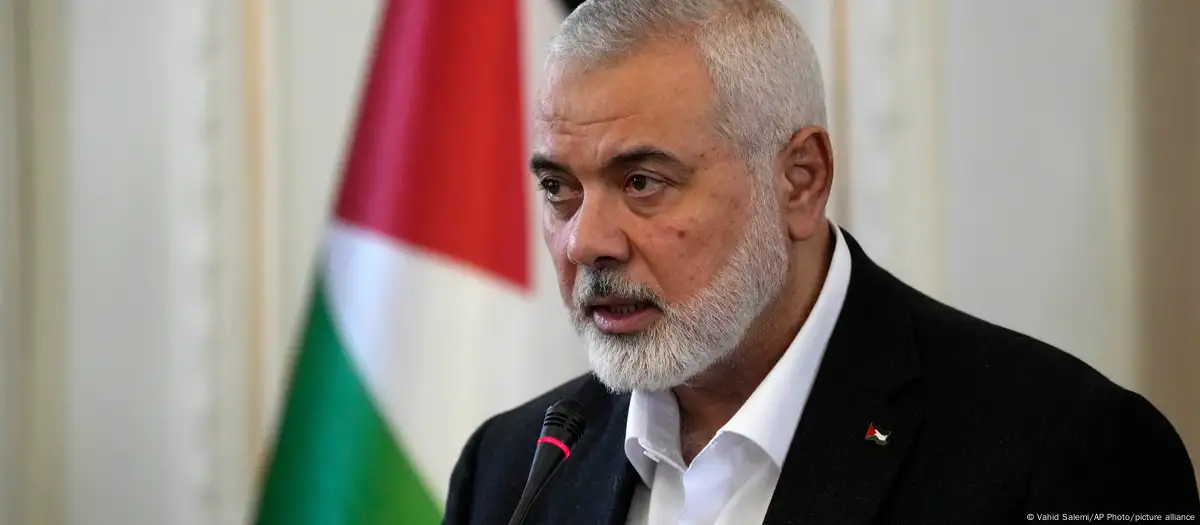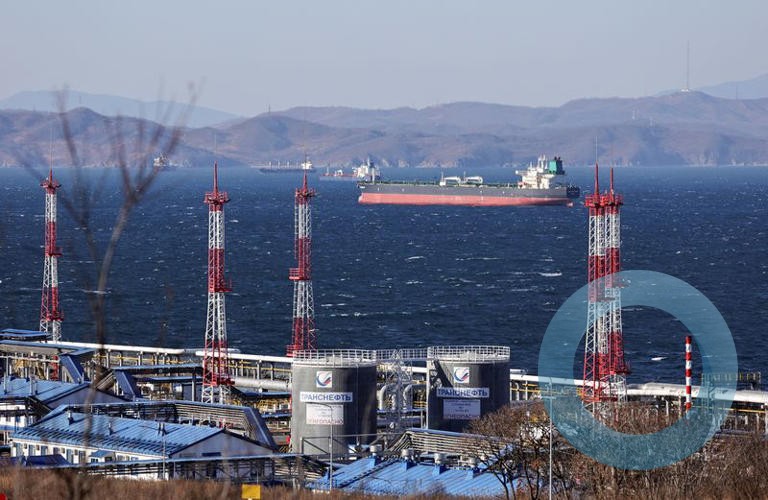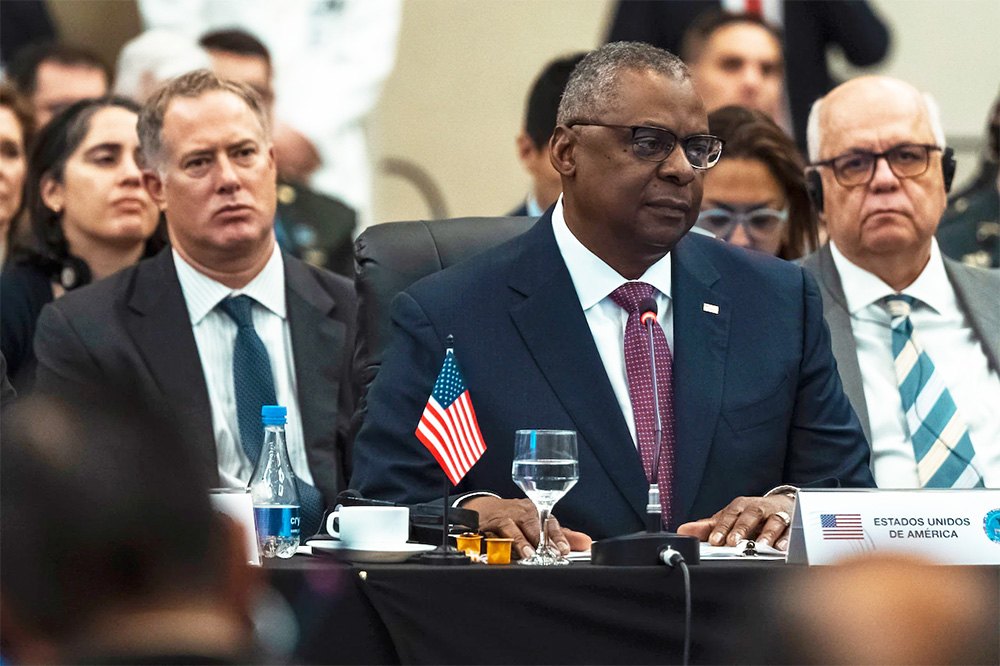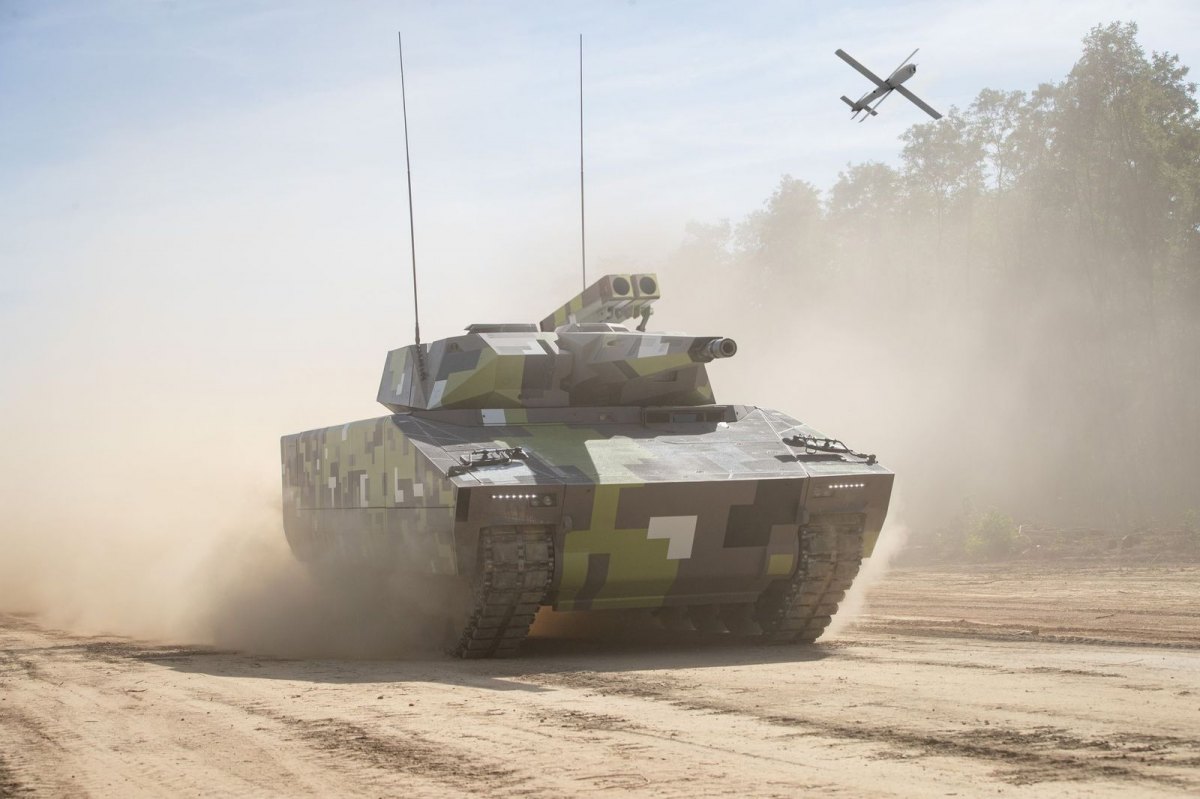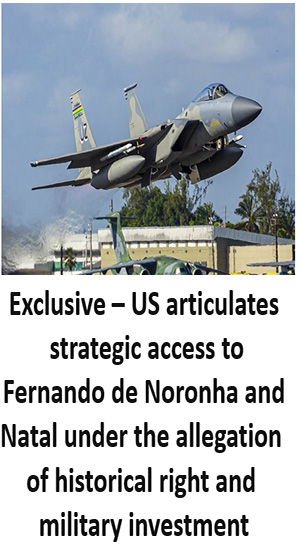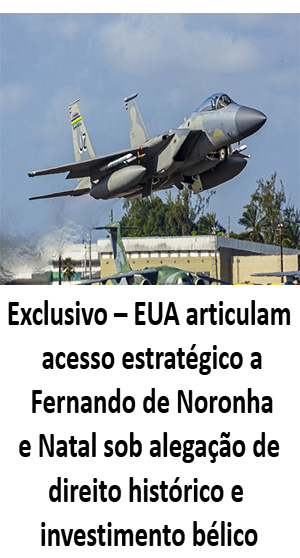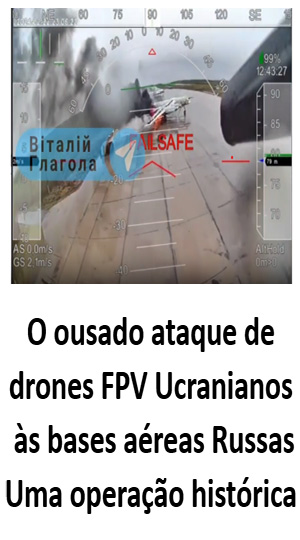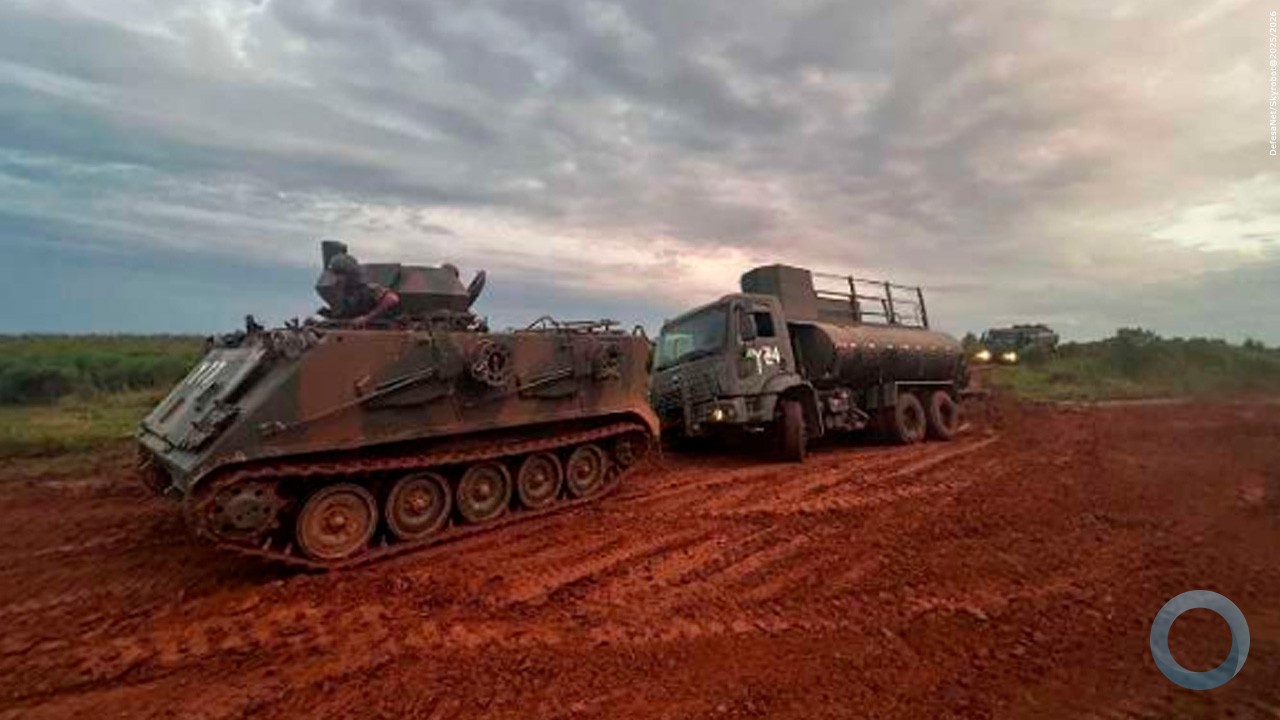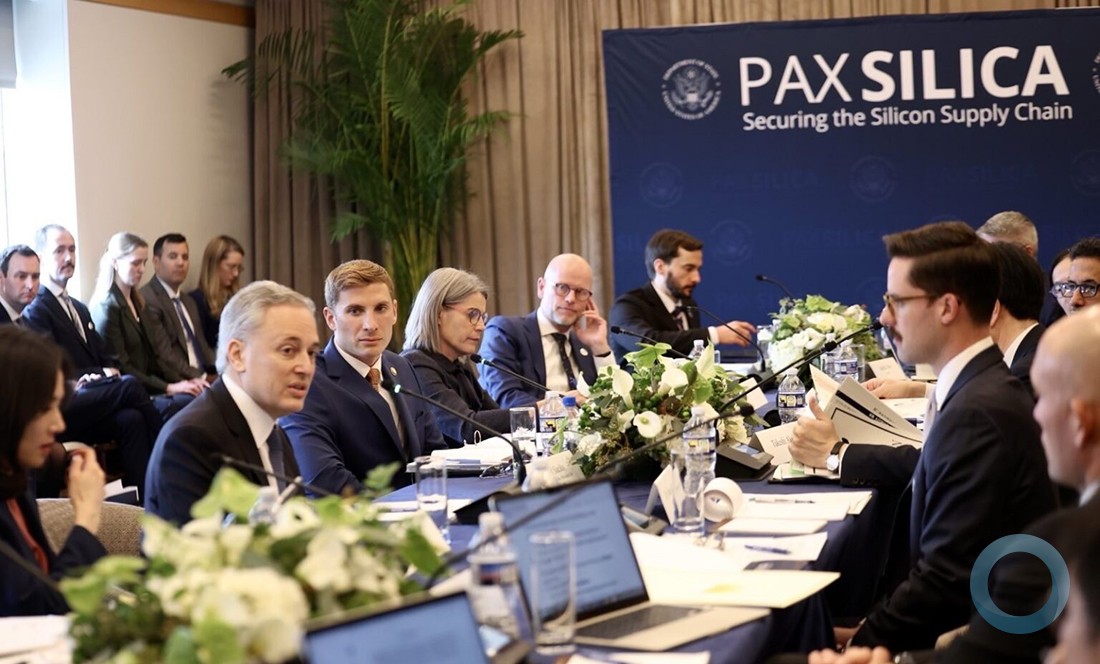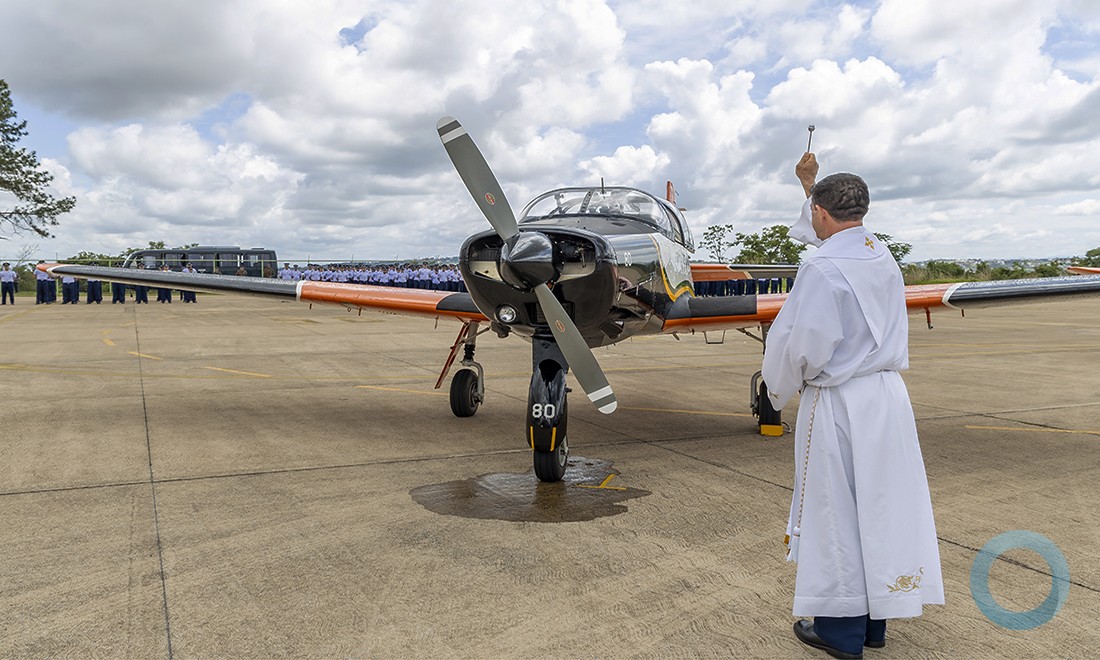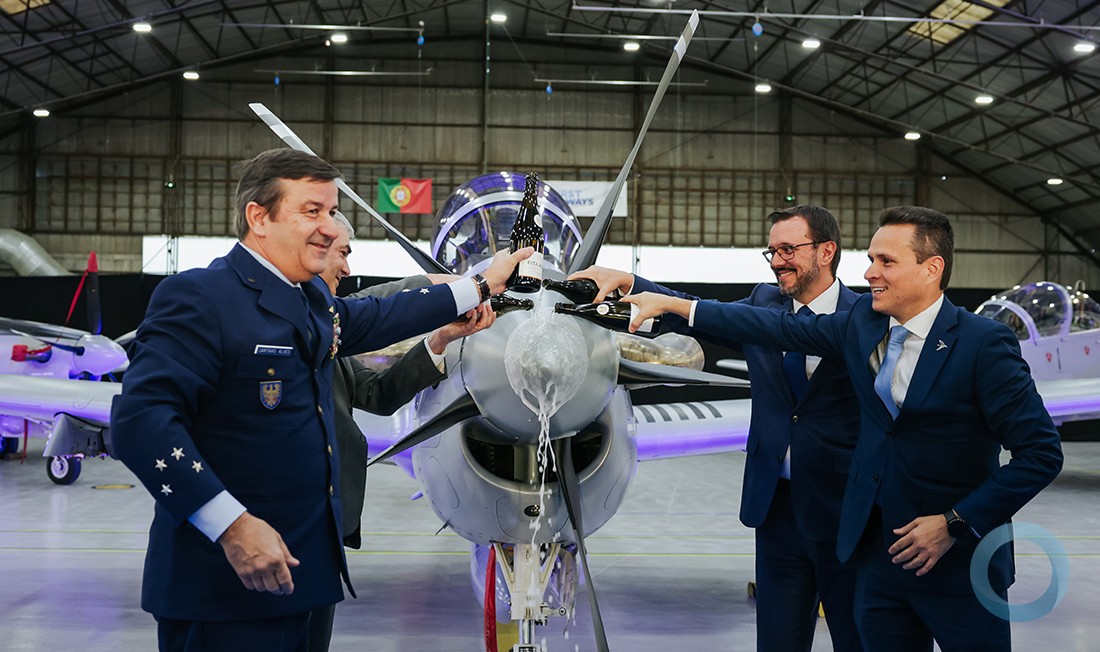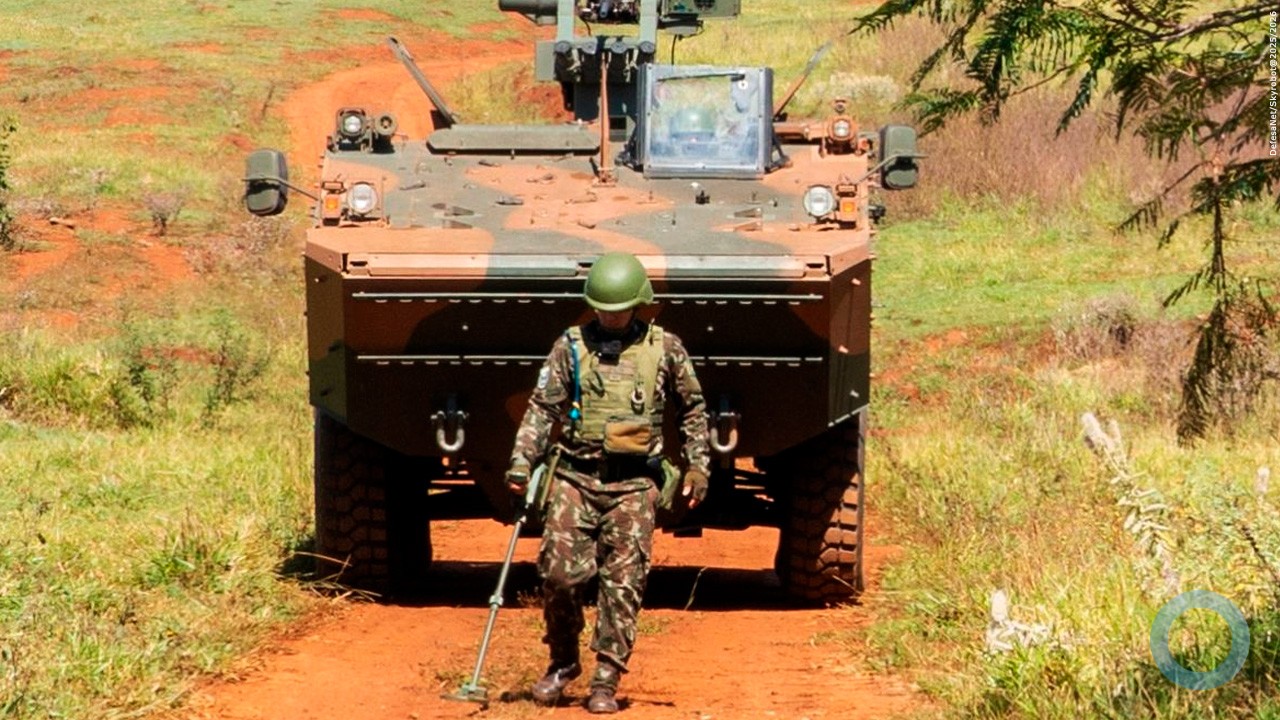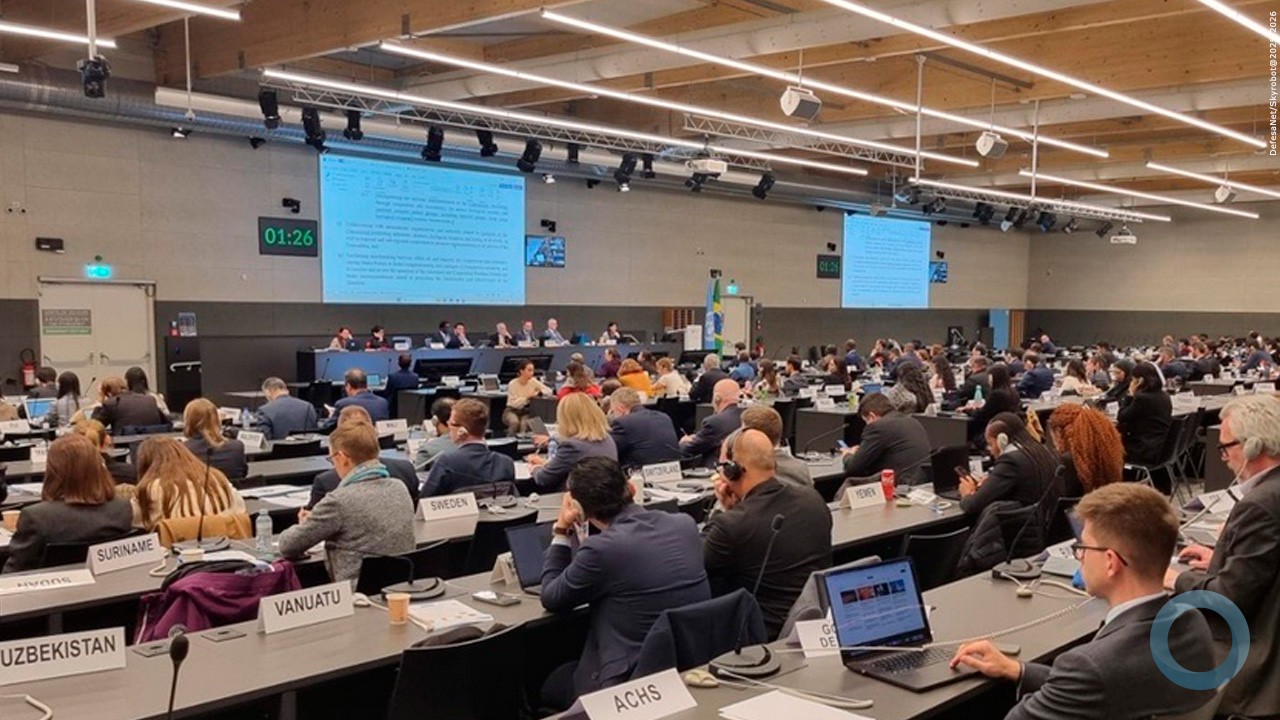Pedro Paulo Rezende
DefesaNet Special
It is official: the PANTSIR S1 will be the medium-range missile system for the Brazilian Armed Forces. The decision was delivered by the Brazilian vice-President, Michel Temer to Russian Prime Minister, Dimitri Medvedev, during the 7th Russian-Brazilian High Level Cooperation Committee meeting, which took place in Moscow last Wednesday (16). However, the purchase depends on Brazil having the resources available, and is due to happen in 2016 or 2017. (See Joint Comuniqué VII CAN BR-RU in portuguese)
The matter was settled last July, not long before Brazilian President, Dilma Rousseff, attended the BRICS meeting in Ufa. In the last week of that month, Capitão-de-Mar-e-Guerra Alvaristo Nagem Dair Juniormilitary attaché in Moscow, delivered the Requirement for Proposal — RFP at the headquarters of Rosoboronexport – Russia’s State-run company in charge of military equipment exports.
The two-hundred-page document written by Brazil’s Permanent Combat Evaluation for the Combat Aircraft (COPAC in Portuguese), requests acquisition prices, terms for financing contracts, offsets and direct technology transfer in order for the Latin-American nation to purchase three units of the missile system comprised of four launching vehicles, eight rechargers, three control units and three radar systems, plus up to 240units of the 57E6-E missile.
For now, negotiations between both parties include total technology transfer, allowing for Brazil to manufacture its own systems within six years after the contract is signed with Moscow. The deal is valued in 1 billion dollars. If the Brazilian party is interested, the Russian government might offer more affordable deals, with less technology exchange, but more realistic considering Brazil’s current economic crisis.
The payment for the PANTSIR units will be done through commercial compensations. This way, Tula – the company which manufactures the missile systems, would be paid in Rubles . Brazil, on its turn would pay in reais (R$) to any exports suppliers interested to do business with Russia. The Brazilian government has surplus credit with Moscow, especially since last year, when the European Union and the United States imposed economic sanctions against Russia, as a response to troops invading and occupying the Crimea region, in Ukraine.
Russian President, Vladimir Putin, reacted by imposing an embargo to agricultural and industrial products from EE.UU. That originated a crisis on Europe’s rural sector and gave opportunity for Brazilian suppliers to fill the gap.
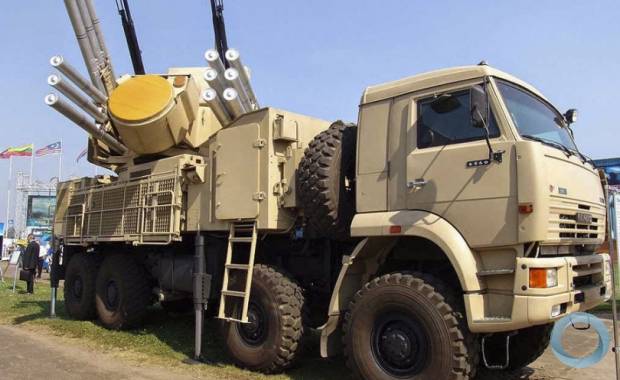
About the PANTSIR S1 missile system
There’s no Western counterpart to the PANTSIR S1 medium-range missile system. It can be fired while traveling, while protecting columns on the move. Operating on this mode, the launching vehicles use their fire-management radars (ranging as far as 30km) to detect potential threats. While on defensive mode, the missile system can be assembled on a fixed location in less than ten minutes.
The launchers are controlled remotely by a fire-unit that receives data from two acquisition radars (with range over 80km). the system can watch for 40 targets at once, and each launcher may acquire and attack 4 targets at a time. Guiding of the missile is done by laser coming from the launcher. The missile receives the data through a sensor placed at its tail, making it full proof against electronic countermeasures and infrared.
Each launching vehicle is equipped with 12 missiles plus 12 extra rounds and two 30mm guns capable of engaging aircrafts, cruise-missiles, smart munition and UAVs. The low-cost and simplicity of the missiles 57E6-E is one of the strong points of the PANTSIR – the rounds can be storage for long periods of time without any special concerns. All similar Western systems use missiles originally designed for air or naval combat, and those weapons are usually expensive and have specific demands regarding storage conditions.
Choosing the PANTSIR S1 also paves the way for greater cooperation between Brazil and Russia in terms of developing new military products that suit the reality and demands in Latin America and other developing nations. Conversations are being held between MECTRON – company owned by Odebrecht Defense and Technology (ODT) – and Russian company ROSTEC about implementing the missile system in Brazil.
Other Brazilian companies, including AVIBRAS, may profit from the PANTSIR deal, since it can result in creating a replacement for the S-125 NEVA-M (SA-3 GOA) missile.
Related Material Most in Portuguese
Pantsir S1 – Sucesso ou fracasso? Os testes para o Brasil Link
Defesa Antiaérea – Uma decisão realista Link
LAAD Bastidores 3 – – Projeto Estratégico Defesa Antiaérea DefesaNet 25 Abril 2013 Link
Brasil pode comprar da Rússia o complexo Pantsir Voz da Rússia 05 Fevereiro 2013 Link
Alexandr Fomin fala à DefesaNet LAAD 2014 Link
LAAD Bastidores 1 – Sistema de Defesa Aérea PARANA Link
Meios de defesa antiaérea russos ficam no centro de atenção Link
Brasil – Rússia – Defesa recebe sinal verde para a compra de sistemas antiaéreos Link
Brasil e Rússia estudam parceria em sistemas antiaéreos Link
Brasil – Rússia – Colaboração em Defesa Antiaérea Link
BR – RU – Faltou combinar com os Brasileiros Link
BR-RU – Comunicado Conjunto 17 Dezembro 2012 Link






